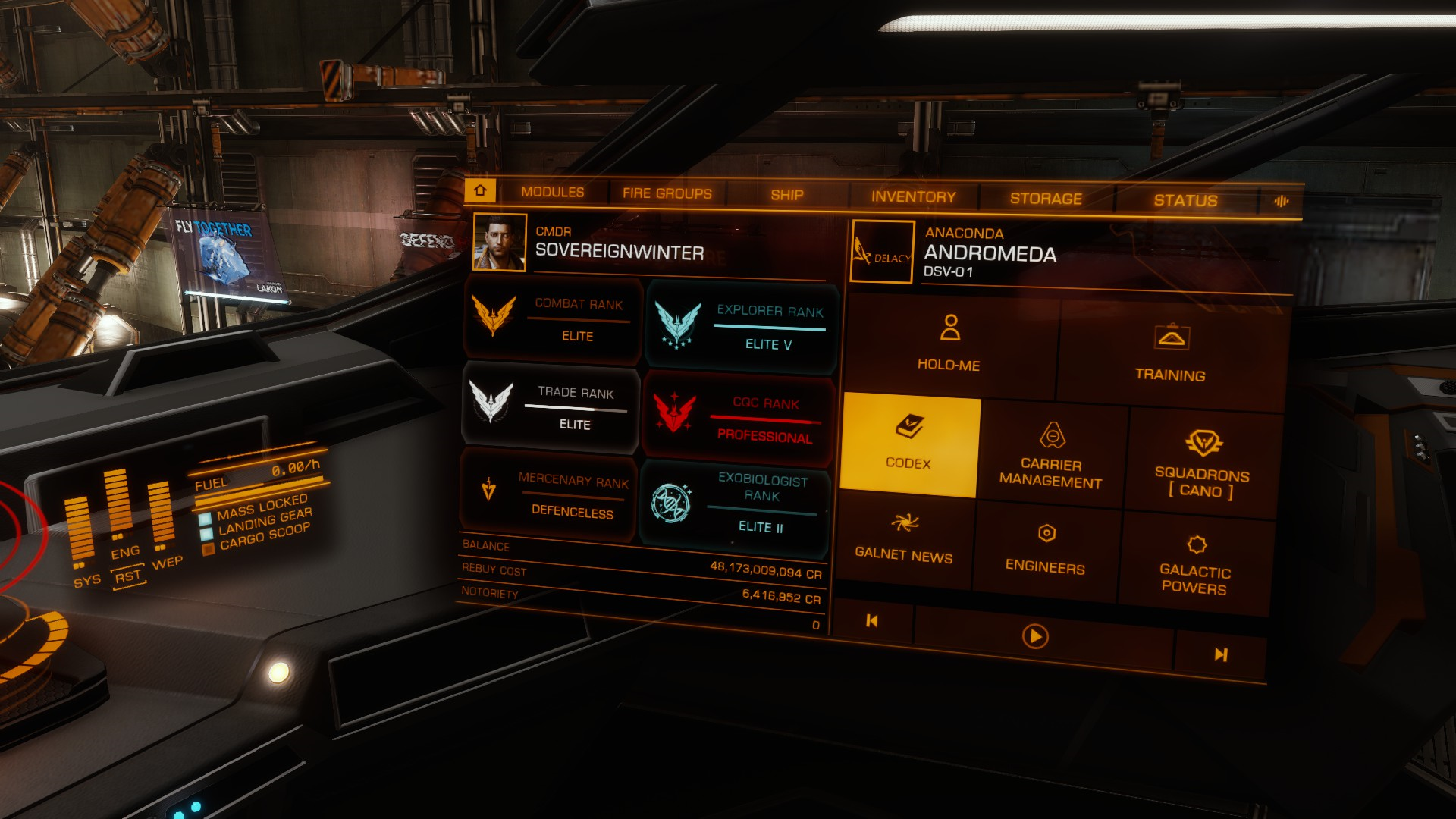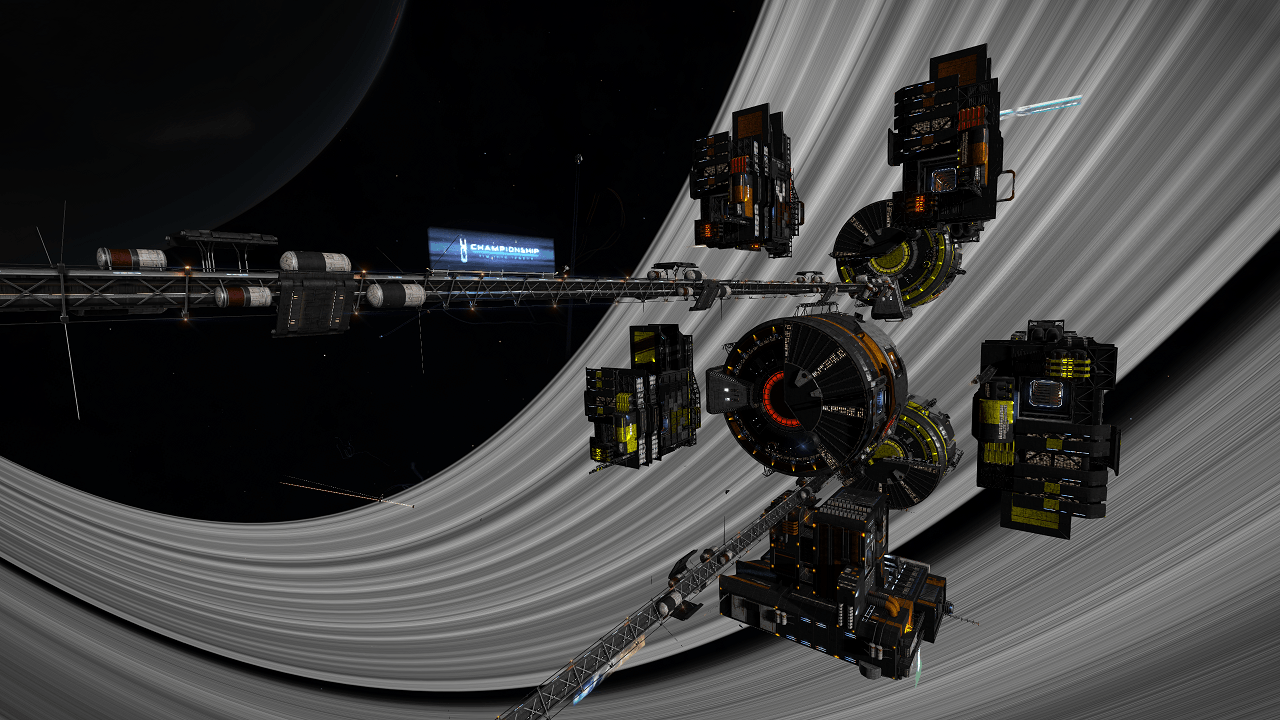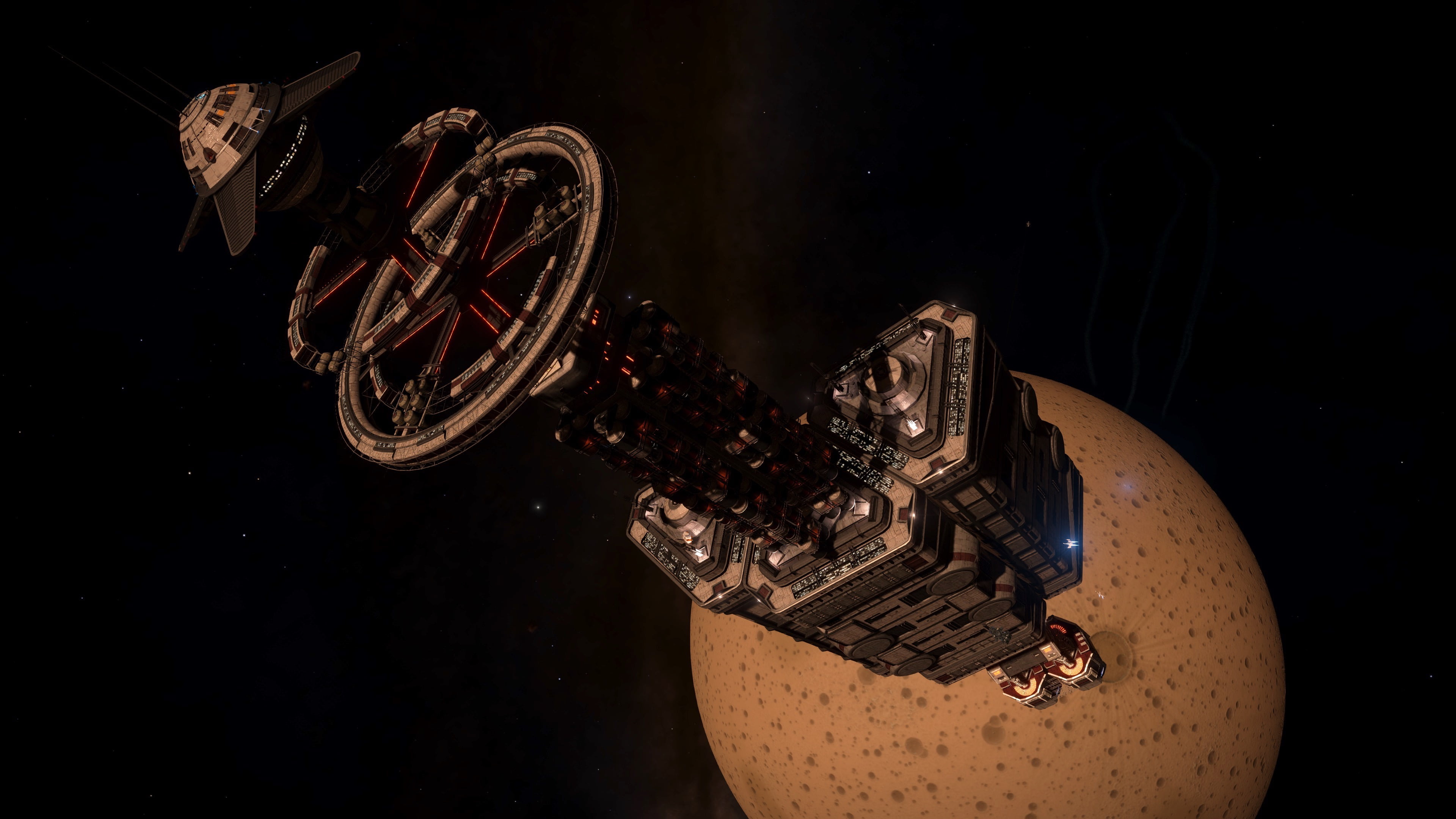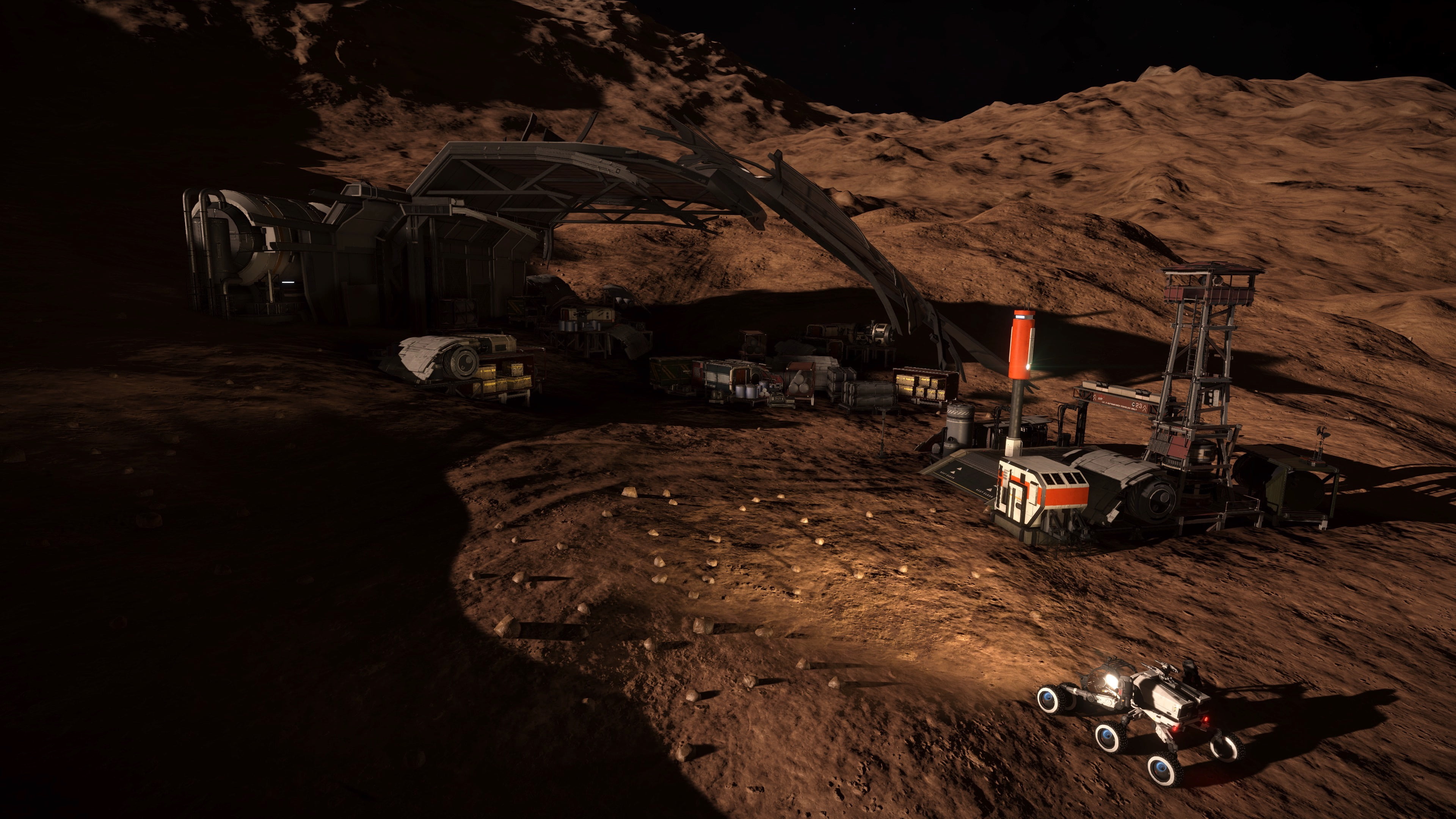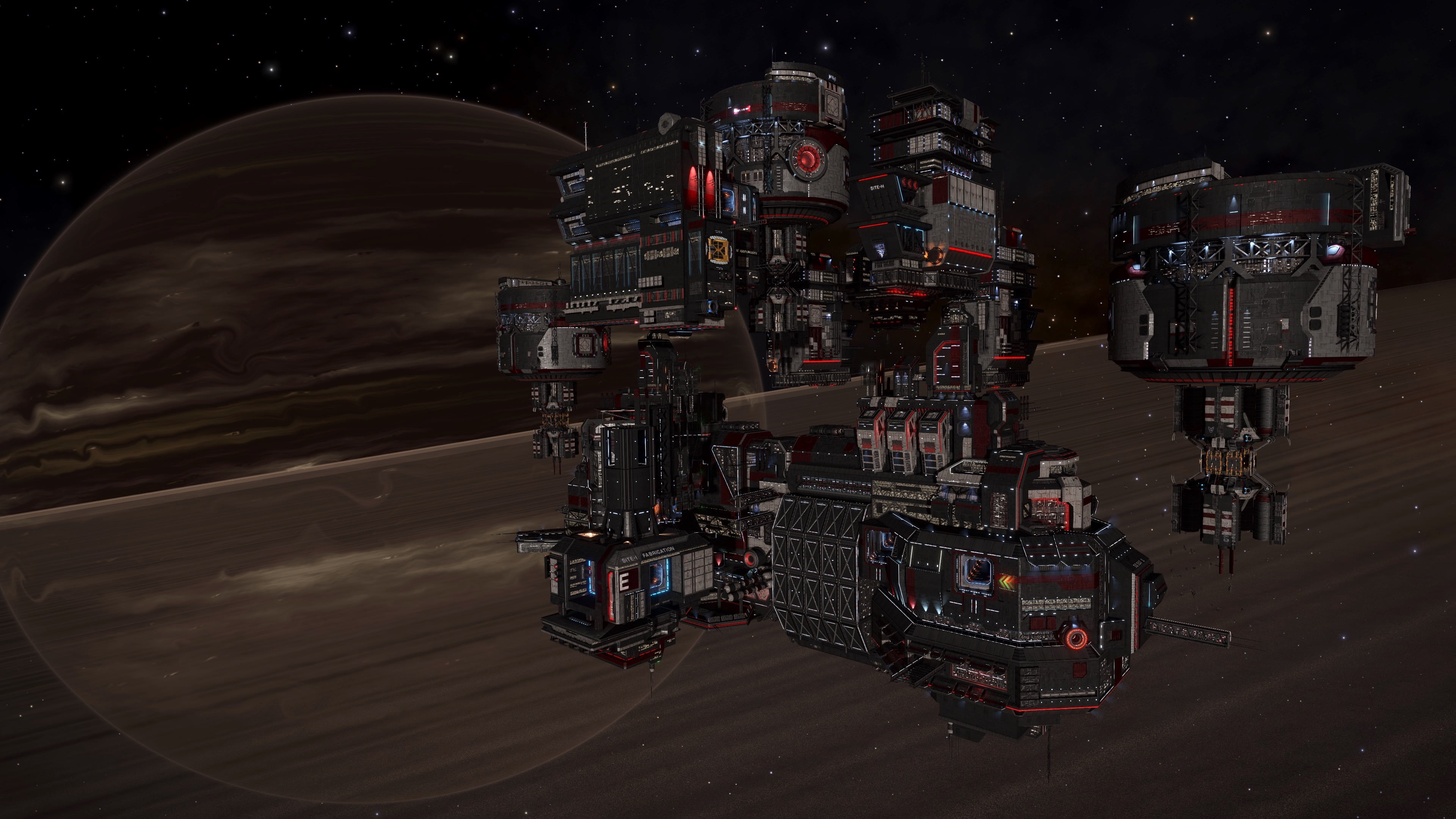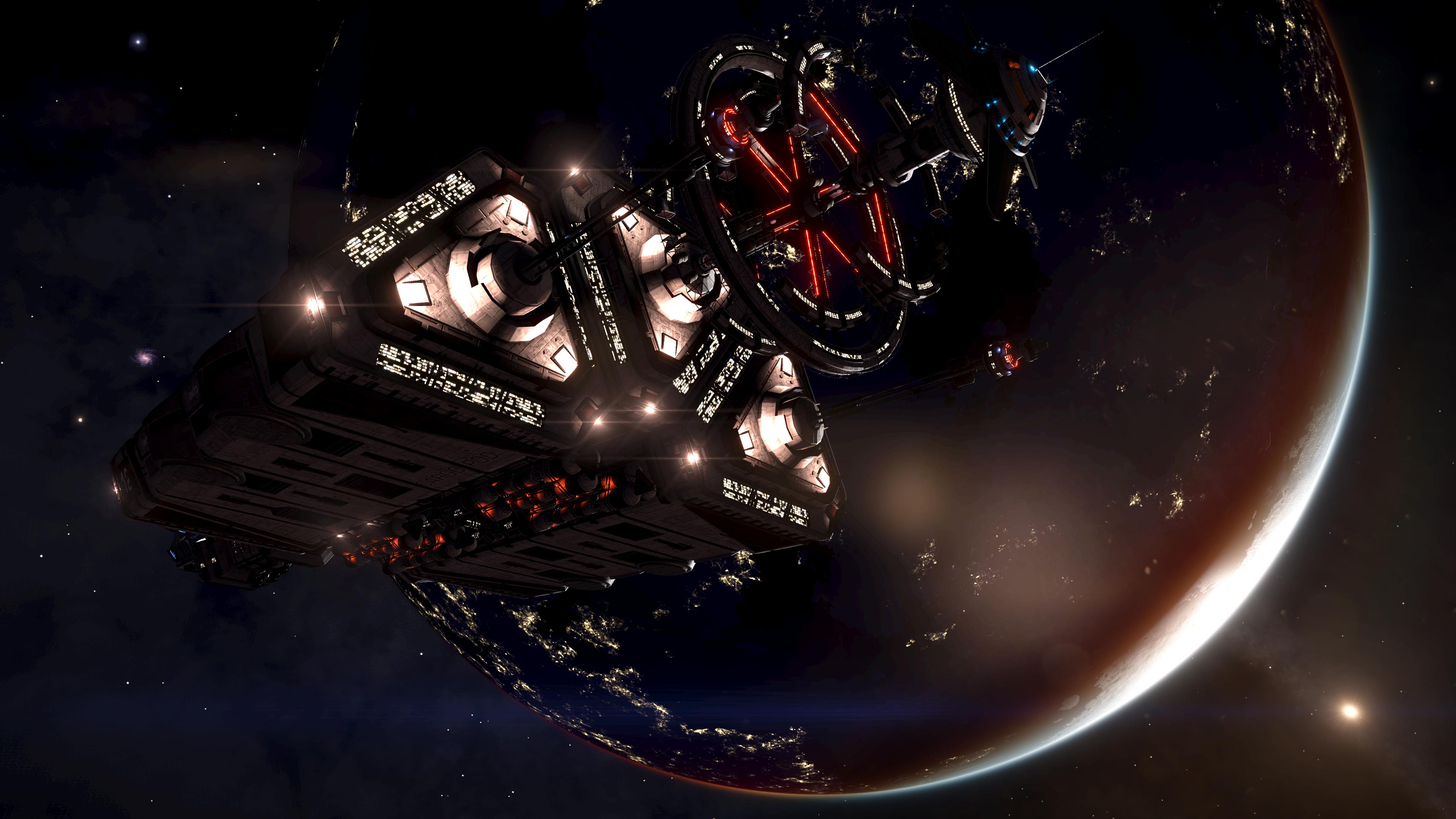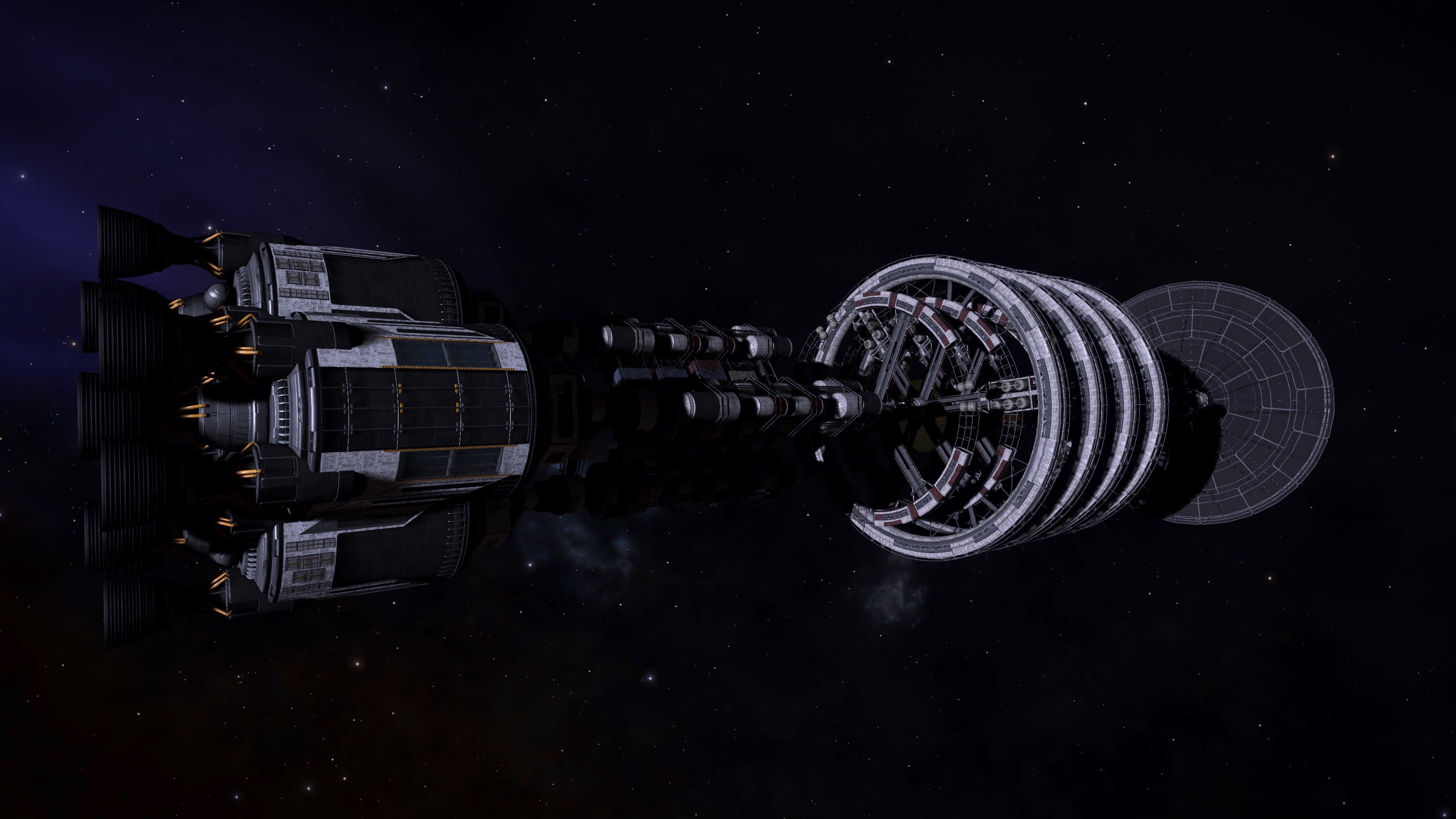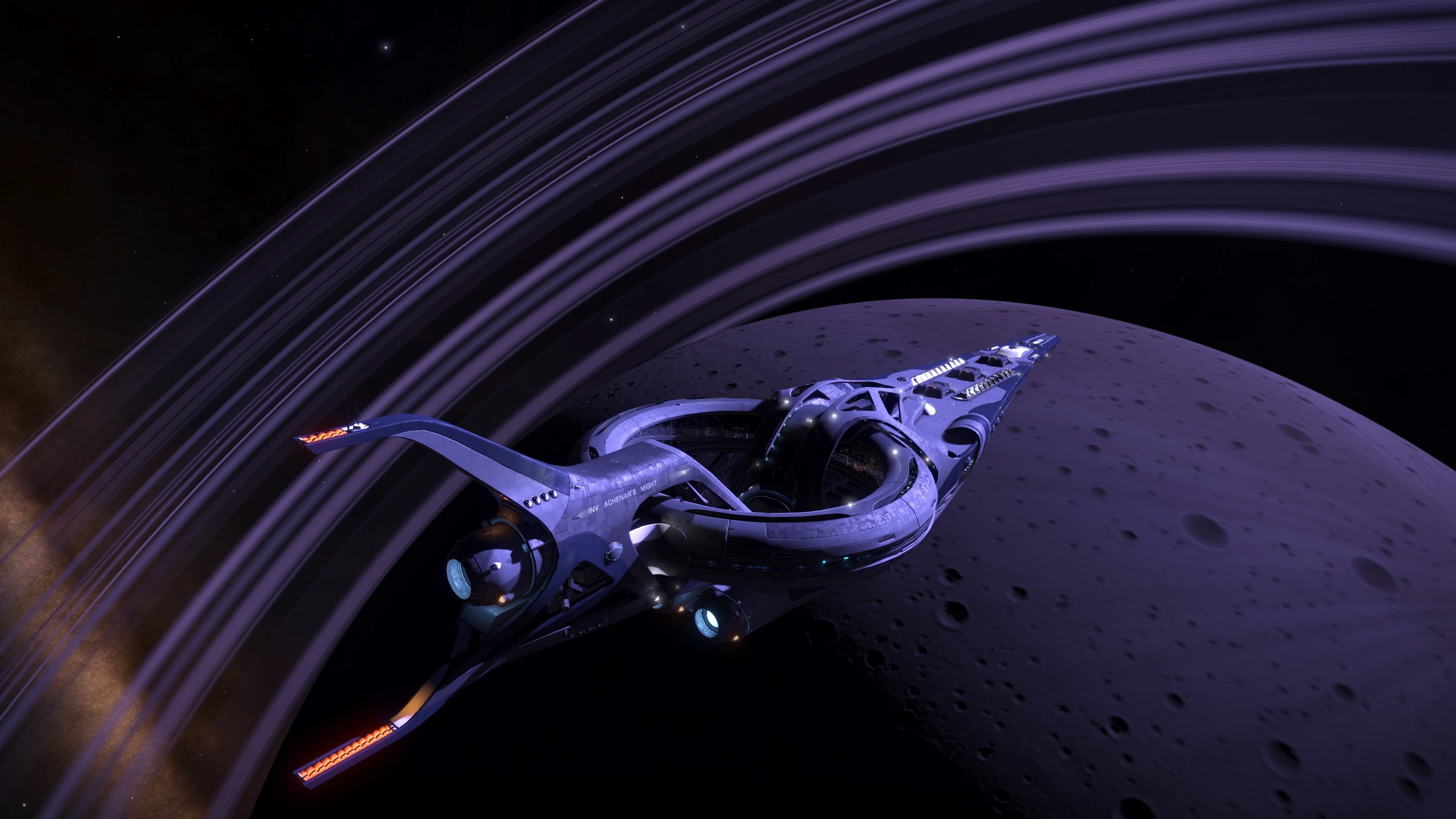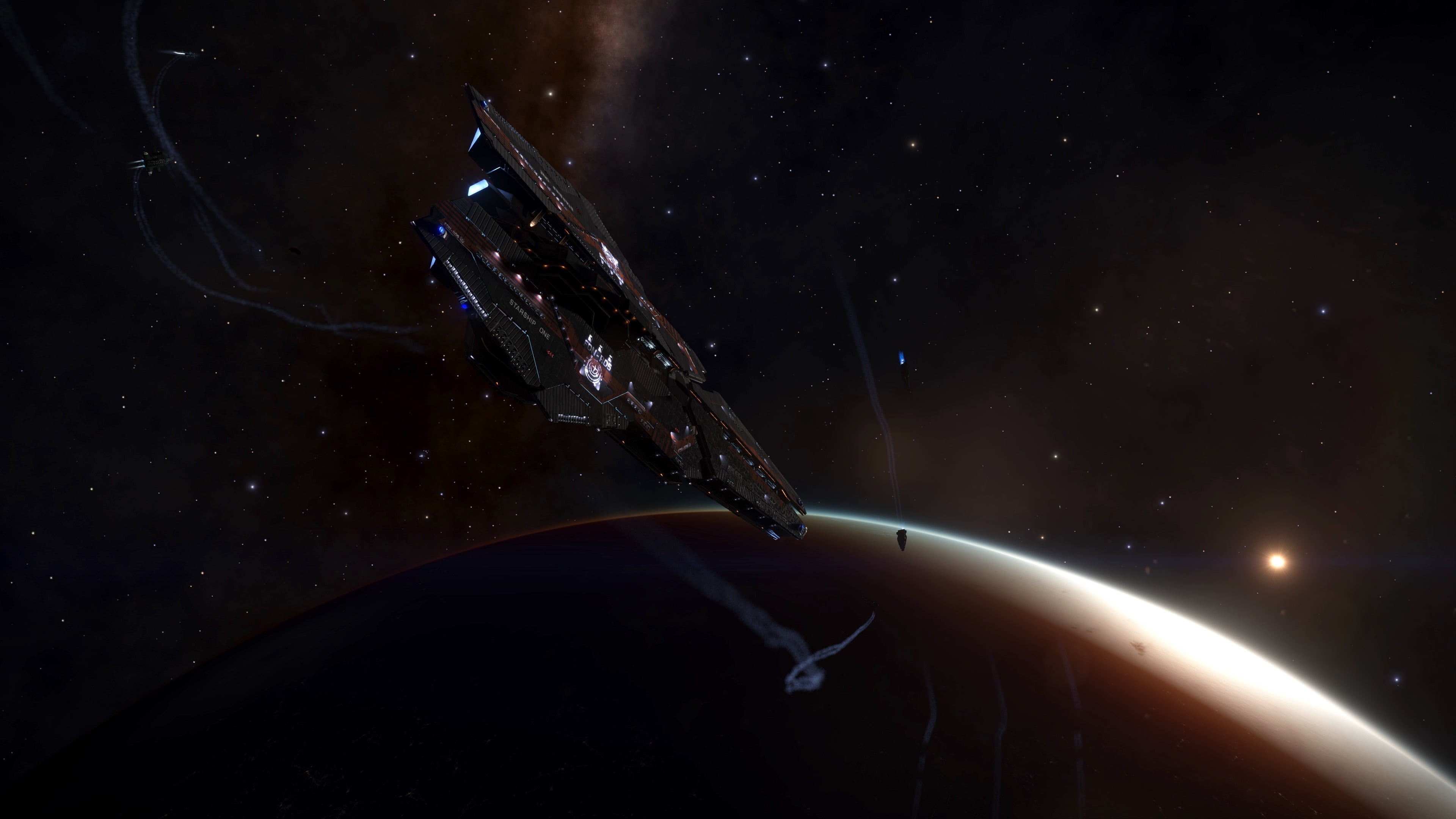Introduction
It is well known that each volcanic body can have one of three volcanism ratings: Minor, Regular, or Major [1]. It is believed that a body with Major volcanism will be host to more sites than one with a lower rating. There is some evidence that supports that hypothesis [2]. However, there is still much work to be done in order to fully understand the effect of volcanism rating on a body’s volcanic sites and associated attributes.
The purpose of this study is to expand on the work of CMDR Varonica [2] regarding the number of sites found on a volcanic body. In this first part, we try to add an additional “datapoint” to the number of sites found on a body with Major Volcanism. Future studies will be carried out to do similar measurements on bodies with Minor and Regular volcanism.
Methodology
The goal was to measure the number of sites on a body with Major volcanism. To make this initial analysis easier, we selected HIP 20580 B 1 A, a Metal-Rich moon with Major Silicate Vapour volcanism and a radius of just 164km. The HIP 20580 system is in the Pleiades region, only 68.3 Ly from Maia (we didn’t want to be too far away from the Thargoid action).
The most reliable way to thoroughly patrol a celestial body for volcanic sites is to do so at low altitude (so normal space) with a fast ship [2]. In order to meet this challenge, a special starship was commissioned by Canonn Interstellar Research Group. The image below shows Nostalgia for Infinity, an engineered Imperial Eagle with a top speed of 626 m/s (834 mps boost). The ship specifications can be found here: https://eddp.co/u/95kl8k2j .

In this study we opted for the “polar” method of patrolling the surface of a planet [2]. It is not as efficient as the “ecuatorial” method, but it requires little more than keeping the ships nose down every two minutes. After each circumnavigation, the starting position is adjusted by a few degrees and the process is repeated until the entire surface of the body has been observed. Since the radar covers a side-to-side swath of 15 km (that’s about 7.5 km on each side), and the radius of HIP 20580 B 1 A is 164km, one has to adjust the starting position by about 5 degrees. That works out to 36 circumnavigations of the moon. The full patrol of the moon took about 16 hours, which was carried out over the course of three days (that’s why we selected small moon and a fast ship, otherwise this would have taken far longer).
The ship’s altitude was maintained above 2km and below 10km. The latter was selected because the moon has a “Tick” [3] altitude of about 11km. It should be noted that the radar scale was always set to “Linear”.
Progress was carefully tracked using CMDR Sileo’s remarkable “Extool” [3]. The Extool has been used in the past by many commanders to carry out “beige patrols” of bodies throughout the galaxy (a French team used it to find one of the INRA bases). The image belows shows a snapshot of the Extool planet tracker in the early stages of this analysis.

It’s difficult to stress the usefulness of Extool in this kind of analysis. Had we tried to patrol the surface without its aid, we wouldn’t have been able to identify large swaths that we missed due to the moon’s “potato” shape. One of the volcanic sites we discovered happened to be in one of those large swaths.
Results
A total of 7 Silicate Vapour Fumaroles were discovered on the moon. The distribution of the volcanic sites is shown below.

The coordinates of the HIP 20580 B 1 A sites are:
70.8800 // 25.1564
-10.6102 // 86.8109
-22.6449 // -79.1572
-28.3303 // 136.1962
43.8874 // 174.9473
26.3231 // -3.1928
10.1572 // -25.0133
There are a number of things worthy of note here.
- The number of sites is only 7, which is half the number found by CMDR Varonica when looking at another body with Major volcanism.
- The number of sites is still significantly higher than CMDR Varonica’s results for a body with Minor volcanism (1 site).
- 6 out of the 7 sites were located in relatively “featureless” areas of the moon. Only one site was located in the vicinity of a canyon system.
It’s possible that, like many other things in our galaxy, the number of sites on a body with Major volcanism follows a certain probability distribution function (PDF). With that in mind, it’s possible that the number of sites on this particular moon is on the lower end of that distribution.
Another item worthy of note is that the moon we studied only had two or three canyon systems. Members of MWSOG [5] community have reported that they tend to discover volcanic sites in the vicinity of canyons [6]. It’s therefore possible that the relative lack of sites on the moon is due to a lack of canyons for such sites to manifest themselves.
Outlook
Given the difficulty involved with combing an entire body for volcanic sites, we can’t make any strong conclusions at this time. Needless to say, more work is needed to fully characterize the relationship between a body’s volcanism rating and the number of volcanic sites on its surface.
Perhaps a “community goal” can be organized in which MWSOG members can contribute to the task of patrolling a body’s surface for volcanic sites.
References
[1] CMDR Maligno, “Statistical Properties of Volcanic Bodies”, https://canonn.science/codex/statistical-properties-of-landable-volcanic-bodies/[2] CMDR Varonica, https://forums.frontier.co.uk/threads/mwsog-milky-way-society-of-organics-and-geology.293012/page-111#post-5958557
[3] CMDR Baton, “Brain Tree How to Guide”, https://forums.frontier.co.uk/threads/brain-trees-how-to-guide.391830/
[4] CMDR Sileo, “Extool”, http://elite.laulhere.com/ExTool/index.php?mode=about
[5] Milky Way Society of Organics and Geology, https://madraptor86.wixsite.com/mwsog
[6] CMDR FalconFly, https://forums.frontier.co.uk/threads/mwsog-milky-way-society-of-organics-and-geology.293012/page-113#post-6039774
